I’m growing “three sisters.” That’s what gardening is called when you grow corn, zucchini and beans together. Plant beans around each cornstalk. Their shoots trellis the cob. Plant zucchini between corn rows. Their large leaves provide shade.
I planted my “three sisters” with one tweak. I swapped beans for peas, but maybe I shouldn’t have. The peas look terrible. The zucchini is producing so much fruit, I bought a squash cookbook to learn how to consume it all. I may shuck nearly a dozen cobs too, but the peas are a total bust. The pea leaves are bare and will never vine around the cornstalks. I suspect insects. I don’t spray for pests so I went looking for a chemical-free solution.
Lucky for me a scientist in Denmark is looking for the same thing, and newly published research offers an unusual solution.
“Today’s insecticides go in and paralyze an insect’s nervous system. The problem with this approach is that insect nervous systems are quite similar across species,” says Kenneth Veland Halberg, University of Copenhagen Department of Biology associate professor. “Using these insecticides leads to the killing of bees and other beneficial field insects, and harms other living organisms. With just a single, more targeted product on the market, there would almost immediately be immense gains for both wildlife and humans.”
According to his new study published in the Proceedings of the National Academy of Sciences on pest control through pee – yes pee – up to 25 percent of the world’s food supply is consumed by bugs, often beetles.
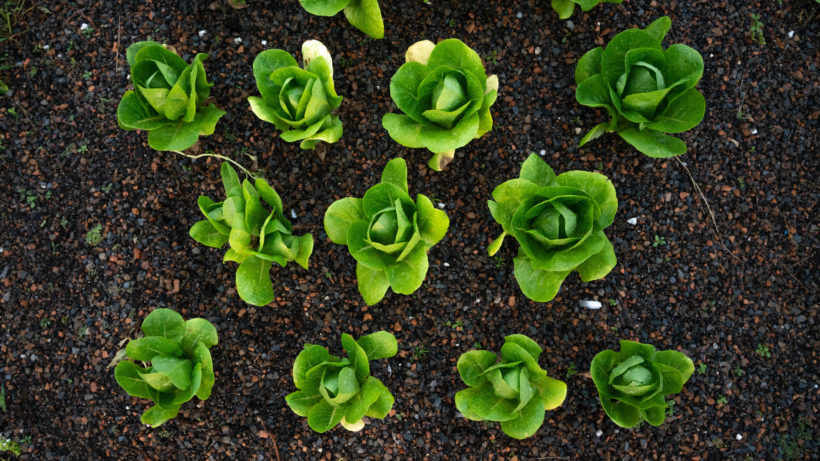
When Beetles Pee Themselves to Death
Beetles eat grain and other food stores worldwide. Pesticides wipe out more than the offending beetles. But perhaps a better weapon against beetles involves pitting their own fluids against them. Urine to be precise.
Here’s how it works: Beetles have a hard exoskeleton with little pliability. That shell reduces fluid evaporation. Scratch that casing instead of squishing it and beetles leak. Egyptians figured this out centuries ago. That’s why they supplemented their grain storage with pebbles. Pebbles scratched lesions in the beetle’s bodies causing them to leak, then die. But not all of them died.
Halberg took the pebble method one step further by taking advantage of a beetle’s unique kidney function. His research team identified the hormones that regulate urine production in beetle kidneys. Increase that specific hormone, or a compound similar to it, and beetles die of dehydration.
They pee themselves to death.
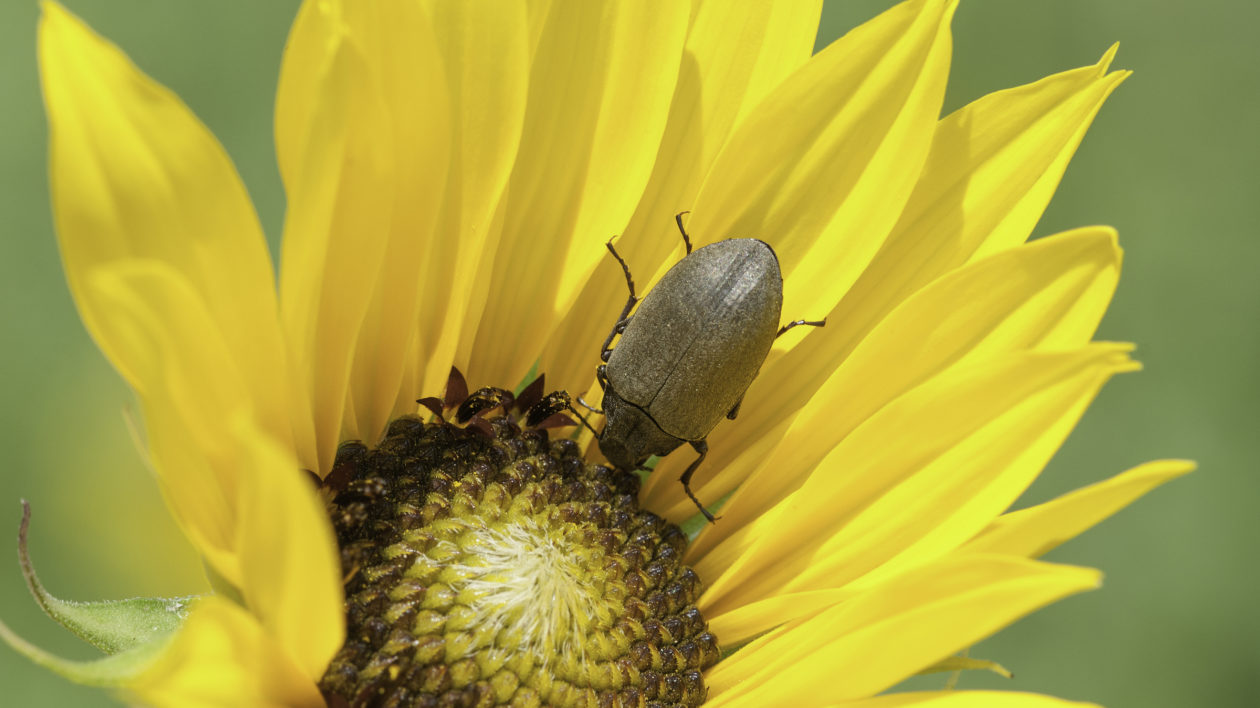
“While it may seem slightly vicious, there’s nothing new in us trying to vanquish pests that destroy food production,” Halberg says. “We’re simply trying to do it in a smarter, more targeted manner that takes the surrounding environment into greater account than traditional pesticides.”
There are more than 300,000 described species of beetles. Beetles maintain their moisture via kidney function in a fundamentally different way than other insects, which means scientists can mess focus on specific pests without bugging, well, other bugs. They injected red flour beetles with enough hormone to force them into an extended bathroom break and only the beetle took the beating. A pesticide can’t do that.
“Understanding urine formation in beetles is an important step in developing more targeted and environmentally-friendly pest controls for the future,” Halberg says. “We are now in the process of involving protein chemistry specialists who can help us design an artificial insect hormone.”
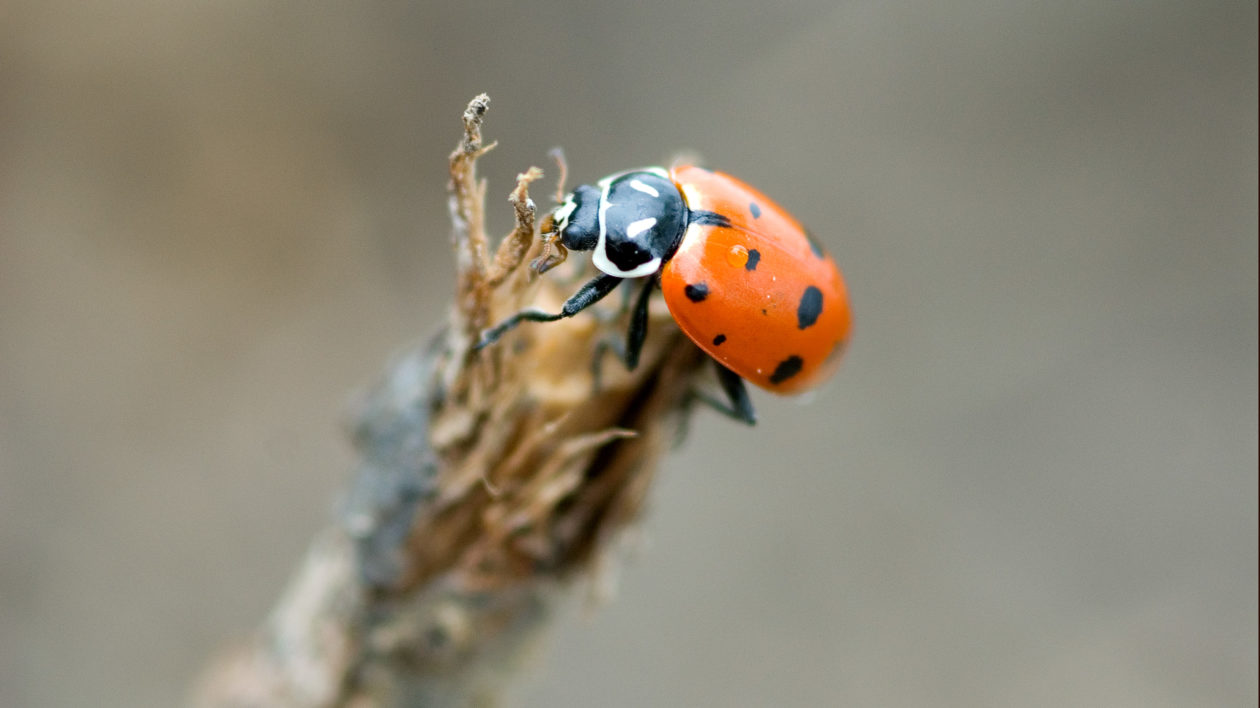
Fear in the Garden
Beyond pee, there’s another possibility for controlling pests without pesticides. Fear. Put the scent of fear in your garden and it will grow for you rather than for the bugs.
“It is not uncommon to use our senses to avoid risky situations. If a building was on fire, we as humans could use our senses of sight or smell to detect the threat,” says Sara Hermann, principal project investigator at Pennsylvania State University. “There is evidence for such behavioral responses to risk across taxa that suggest prey organisms can detect predation threats.”
Hermann and her team at Penn State extracted the odor profile of ladybugs, an aphid predator, then exposed aphids to the profile one scent at a time.
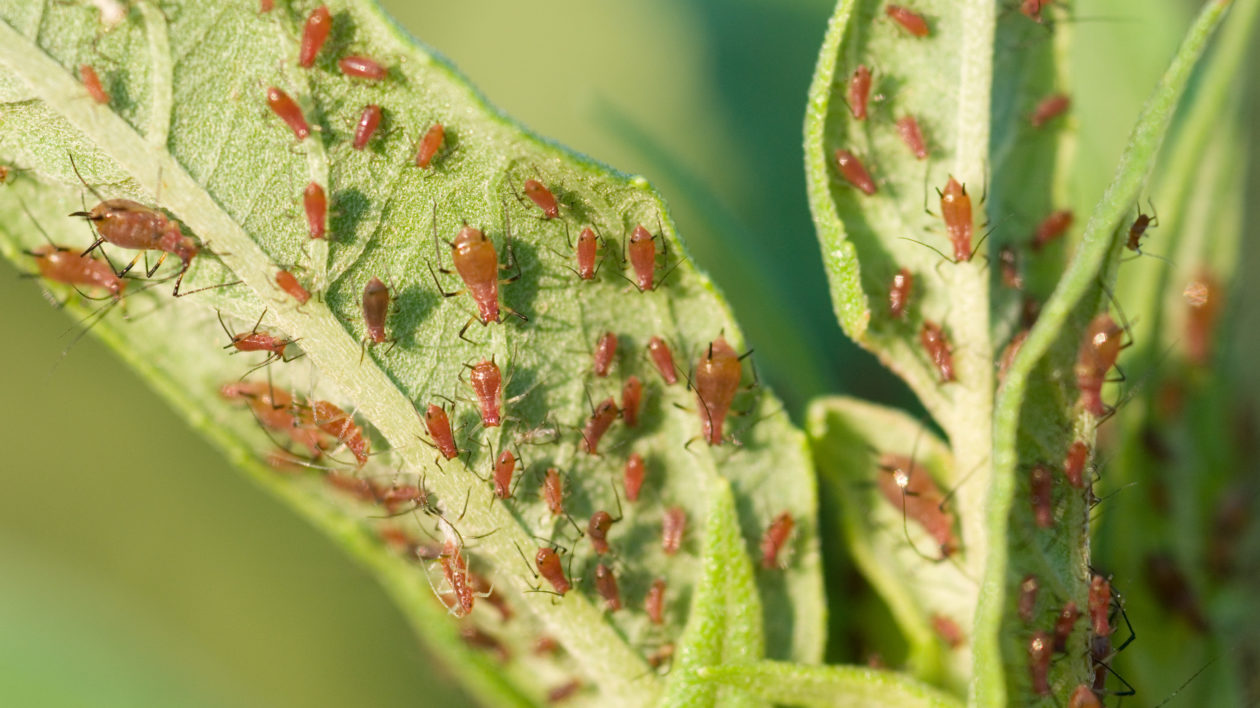
Aphids responded to certain compounds with signs of fear, which can include area avoidance, lower reproductive rates and the inability to grow wings. The team blended those specific high-fear-response compounds and created an essential oil. Scent diffusion tests in the field are next.
“Insects rely on olfactory cues to find food, mates and places to live,” says Jessica Kansman, project presenter from Pennsylvania State University. “This is a great opportunity to investigate how to use these smells to manipulate their behavior.”
Give these research teams a bit more time and between pee and fear, your garden could have new tools to protect it against insect pests – without the use of indiscriminate pesticides. They’ll either be fleeing in fear or for the bathroom. All three sisters would really flourish after that kind of backyard battle.
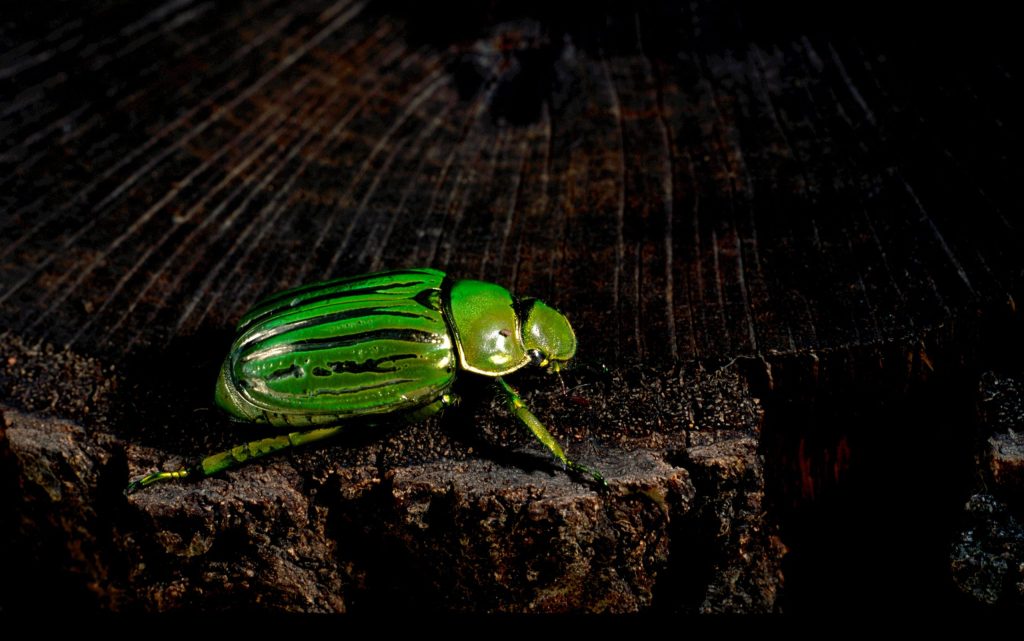



What do you think the bugs that infest do next? Seems they adapt faster than us? Let them eat so we can too?
I am not a gardener but have really enjoyed reading about natural ways to control the little “pests”.
I want to teach my granddaughter about the beauty and variety of butterflies that exist.
The beetle in the first photo is not a fig eater beetle. It is a chrysina gloriosa.
This concerns me. Many beetles are important pollinators. Eliminating beetles cannot be a good idea. Plus, they are an important part of the foodweb. Forget mosquitoes – bats are munching on beetles (and other large insects), which give them a bigger bang for their buck.
No, I cannot see this as a good thing.
We (humans) try too hard to “get rid of” entire species of insects because they bother us, and we don’t consider that those very insects are serving a purpose elsewhere.